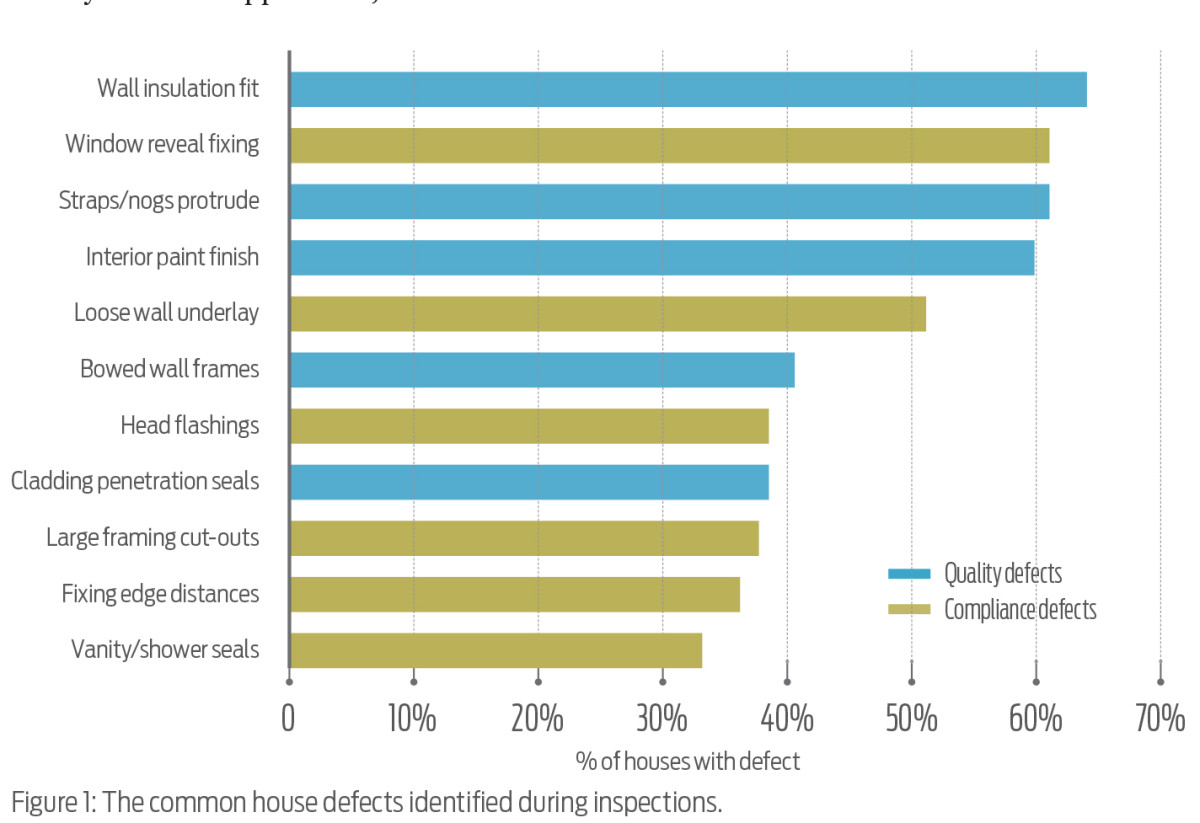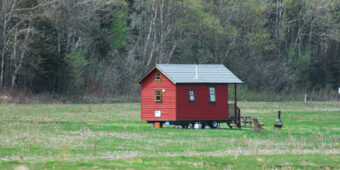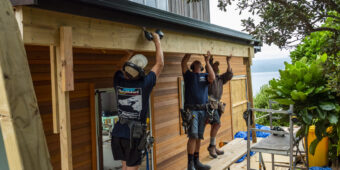Defective dwellings on the rise
21 Jul 2015, Industry News

Following the publication of an MBIE guide covering defects in residential builds, a BRANZ survey has found a disturbingly high number of defects in new homes
The Ministry of Business, Innovation and Employment (MBIE) published the Guide to tolerances, materials and workmanship in new residential construction to help contactors and homeowners understand what constitutes a defect under the Building Act 2004.
Targeted at new residential building work, it outlines acceptable levels of workmanship in standard domestic construction. Under new consumer protection measures, main contractors are required to repair any defects within 12 months.
To measure the extent of the problem, BRANZ employed property inspection company Realsure to assess 225 homes under construction. Inspections were made at the post-wall underlay, pre-lining and final inspection stages.
Results from the BRANZ New Home Owner’s Satisfaction Survey show that callbacks rose to 88% in 2014, up from 73% in the previous year. While most owner-reported defects related to obvious problems with finishes, the inspections, which split defects into quality, compliance and appearance categories, found the problem went deeper.
Only 8% of inspected homes had no defect
Of the 225 homes inspected, 34% had three to five quality defects, 27% had one to two and only 8% had none. The most common quality defect was in the fitting of wall insulation, with small gaps and compressed insulation the main problems.
The most common compliance defects found were inadequate fixing of window jambs to the framing, loose flexible wall underlay and head flashing defects. More than 40% of the inspected houses had defects in these components.
While 18% of homes had no compliance defects, there was a high proportion of homes with four or more compliance defects – deemed as having ‘significant problems’. On final inspection, 16% of homes were classified as having significant problems.
Assuming that some of the defects would have been fixed prior to the issuing of a Code Compliance Certificate, and knowing that cavity construction is robust at handling defects in wall claddings or flashings, BRANZ said that halving the number of ‘significant problem’ homes to 8% was a better approximation.
BRANZ concluded its report by saying that 8% was still a significant percentage and it was disturbing that so many defects were found, in both compliance and quality.
Auckland skills shortage exacerbating problem
MBIE’s tolerance guide comes at a time when Aucklanders are facing unprecedented demand for new housing stock and Auckland Council building inspectors are failing one in three new builds.
Adding to the pressure is an ongoing skills shortage. Some project managers are overseeing an average of more than 20 jobs at once, meaning unskilled workers aren’t receiving proper supervision, says the council’s building control general manager Ian McCormick.
“I think that what we’re seeing is a variety of one-off problems. I don’t see the issue as a systemic one,” said McCormick.
Register to earn LBP Points Sign in






